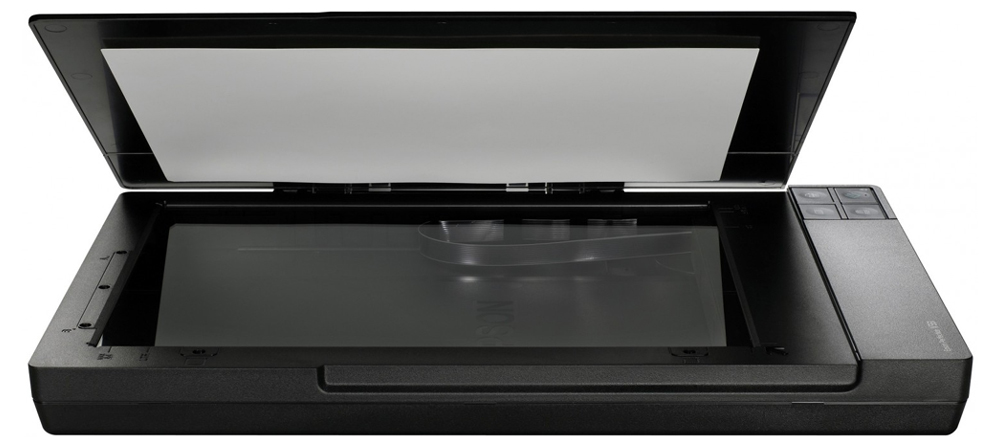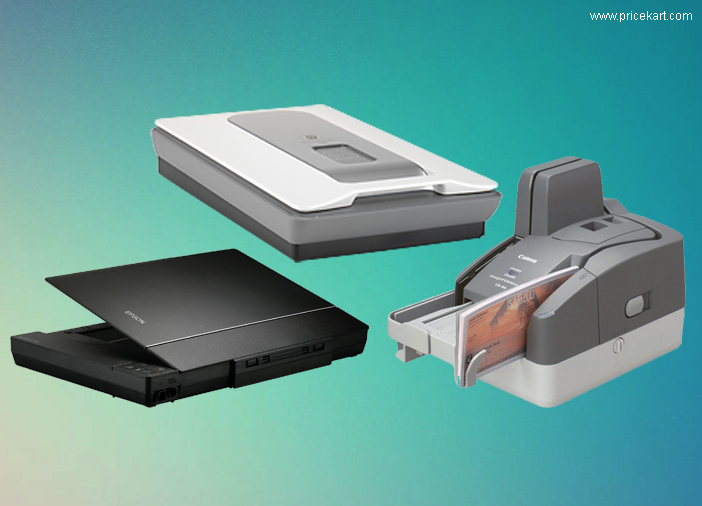With the increasing experiments of using the internet, there are growing numbers of educational institutions which invite and encourage students to fill online forms for registration, admission and examination. The need of uploading documents has soared up so high that scanners seem to be an essential commodity one must possess individually.
We bring for you a list of pointers that shall allow you to choose the right scanner for yourself.
What is to be scanned?
Features of the scanner can be decided on what is to be scanned and how often it is to be scanned. Most common choices on an individual level are photos and documents in unbound format. Other possibilities are those of books, magazines, stamps, etc. 3D objects also fill that list. Extreme details like the size of documents and if you need to scan the single side or both sides of the document pages should be considered.
Is there a need of Flatbed?
For photos, 3D objects and other easily damaged originals a flatbed is needed. Originals and documents can get damaged through a sheet feeder. If you want to scan such documents rarely then you can opt for a sheet-fed scanner with a plastic carrier to protect the originals. But also the brand new unscratched plastic carriers can degrade the scan quality.

Is a sheet feeder needed?
For scanning the documents on a regular basis (specifically those more than 1 or 2 pages, a sheet feeder is an utmost necessity. It is an annoying process to open the flatbed lid and set the page in place for about 10 times for a 10-page document. Some sheet-fed scanners can also allow thick original documents.
Software and Scanners
Scanners usually do not need a scanner related program to function. But if a scanner is equipped with software then no extra charges are applied. They come as a part of the package. But the software enables many good options as optical character recognition, indexing, photo editing, etc.
Size of the originals
The size of the documents is an important parameter to be considered. Flatbeds are of usually letter size. It poses a problem in scanning legal-size documents. You can find scanners with larger flatbeds.
Desired Resolution
Resolution isn’t an issue. Even a resolution of 200ppi gives good results. 300ppi resolutions are also sufficient. For a fine detailing in an original as a stamp, you may claim 4800ppi resolution scanner.
Automatic Document Feeder
This is needed when you have to scan longer documents on a regular basis.
Duplex it
To scan both the sides of a page at once is known as duplexing. Have a duplexing scanner, duplexing ADF or a scanner including a manual duplex feature.
Special Purpose Scanner
Find your purpose. Is it more than being general? Special purpose scanners include those for business cards, books and slides.
Reputed Brands
Some of the good scanners are from the brands as Canon, Epson, Kodak, HP.
(Editor’s Note: The images used in the blog are copyright of their respective owners. It is for representation purpose only.)
